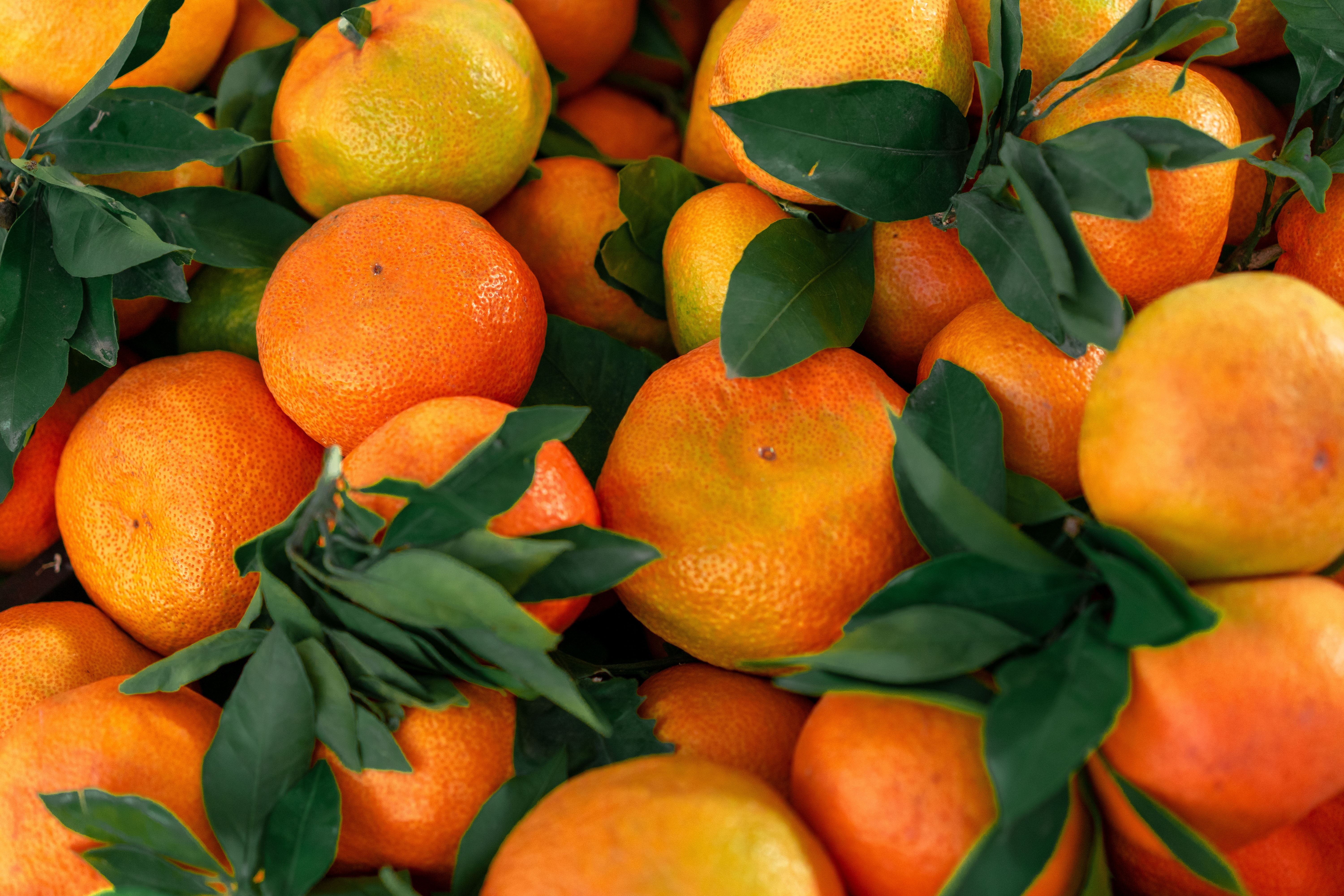With oranges being the second most popular fruit in the world, it’s no
surprise that we’re constantly looking for ways to maximize their
potential as a natural food source of vitamins.
If you’re looking to incorporate more healthy citrus into your diet, keep
reading for some tips on how to pick the best oranges for eating and
preserving.
For eating, choose a variety of sweet orange with thick skin that is easy to
peel. Oranges with thin skins are often too bitter or sour. To find the
perfect orange for your needs, experiment with different types: navel
oranges and Nadorcott have no seeds but are typically smaller than
Valencia oranges which make them ideal if you’re watching your
calories; tangerine is another good choice because it’s high in Vitamin C
and has less acid than other varieties.
You can preserve an orange by slicing it into wedges and freezing them;
then add them to hot tea or use them as a garnish on desserts such as cakes
and pies. Oranges can be added to salads raw or cooked in dishes such
as chicken soup or stews; they also make great marmalade when
preserved whole with sugar syrup before being sliced thinly crosswise
into rings (the peel should be left on). For those who prefer their citrus
fruit fresh off the tree, there are many varieties.


